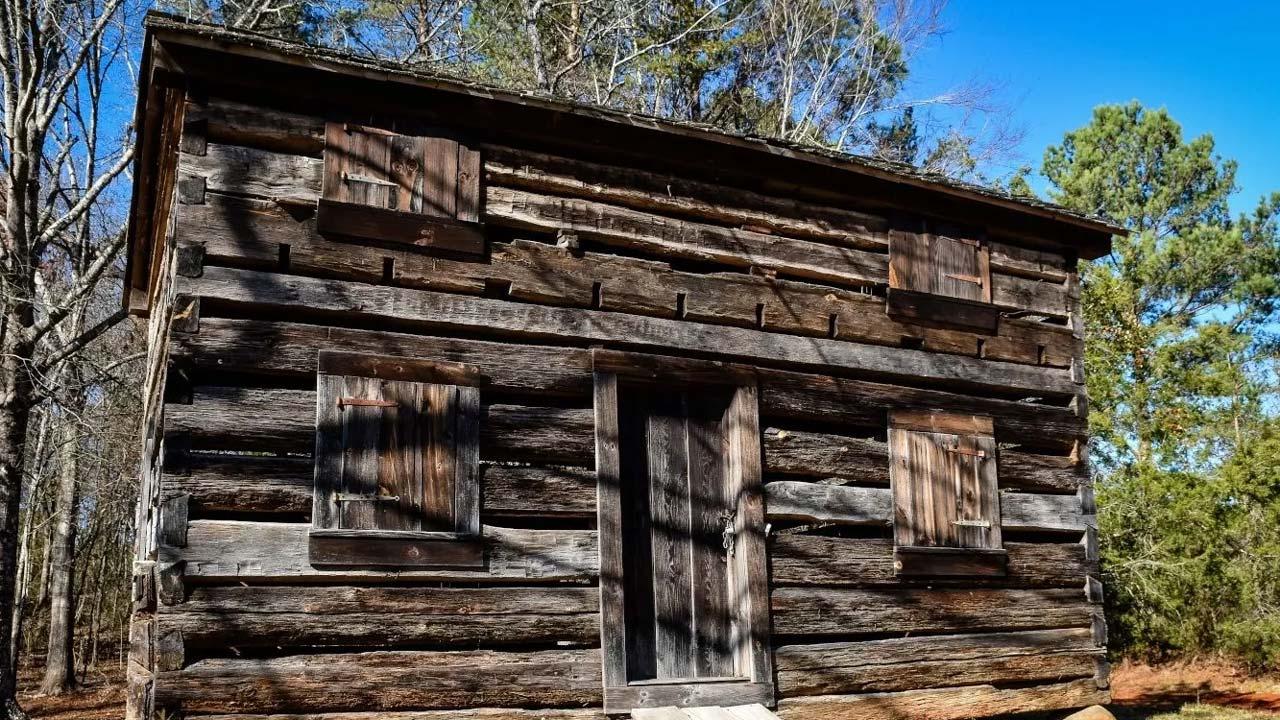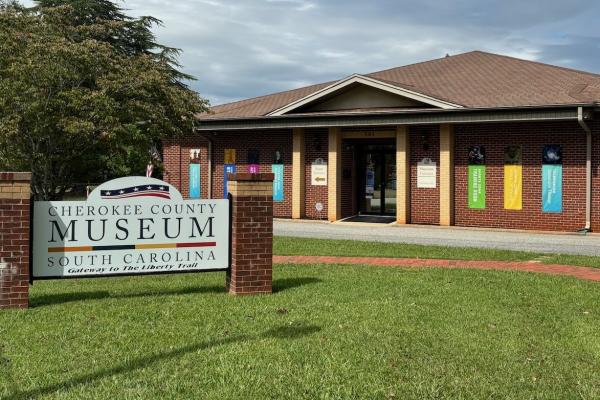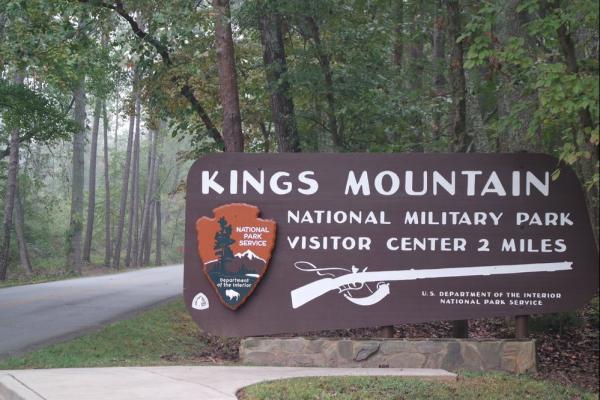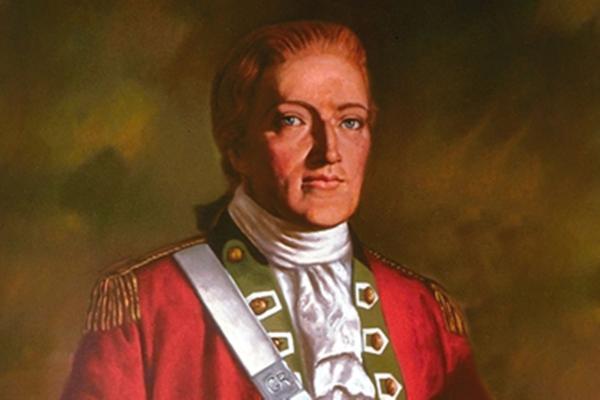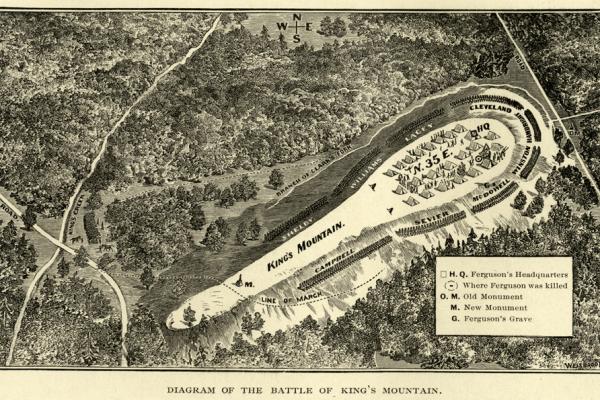Fort Thicketty—officially known as Fort Anderson—was built around the time of the First Cherokee War (1759–1761) by settlers from the Grindal Shoals community. Named for nearby Thicketty Creek, the fort served as a refuge during conflicts with the Cherokee and Muscogee, whose resistance to English encroachment escalated after years of broken alliances and violence. By the Revolutionary War, Fort Thicketty had become a Loyalist stronghold, used as a base to raid nearby Patriot farms for food and supplies. After Charleston fell to the British in 1780, Captain Patrick Moore garrisoned nearly 100 Loyalist troops here, believing the fort to be secure behind its stockade and sharpened stakes.
That July, Patriot forces under Colonel Charles McDowell—supported by Isaac Shelby’s overmountain men and local militia—surrounded the fort at dawn and demanded Moore’s surrender. Though he first refused, Moore ultimately capitulated without a single shot being fired. The Patriots captured the fort, paroled the Loyalists, and seized hundreds of loaded weapons. Today, visitors to the site will find a barn-like structure near the trail’s end—likely a reconstructed blockhouse or farm building from the Revolutionary War period. It incorporates wood dating back to that time and stands as a quiet reminder of a dramatic moment in South Carolina’s backcountry history.
What's Nearby
Explore more of The Liberty Trail by visiting these nearby attractions.
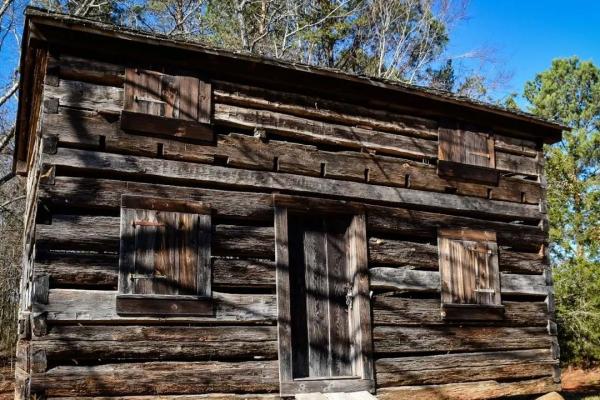
Gaffney, SC 29340
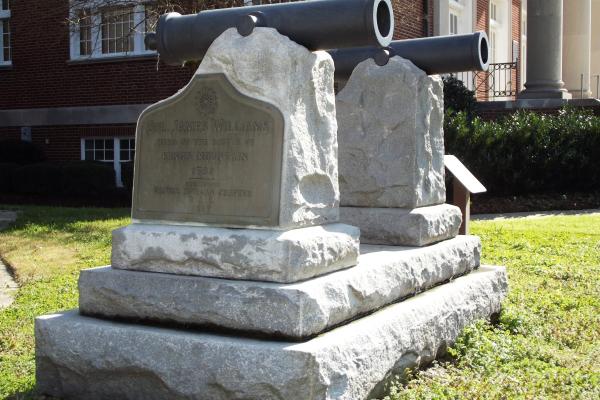
Gaffney, SC 29340
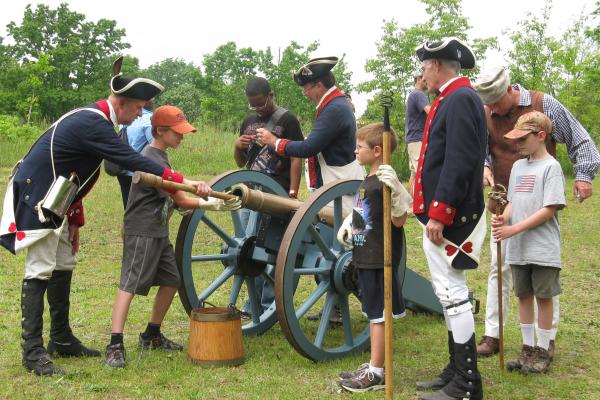
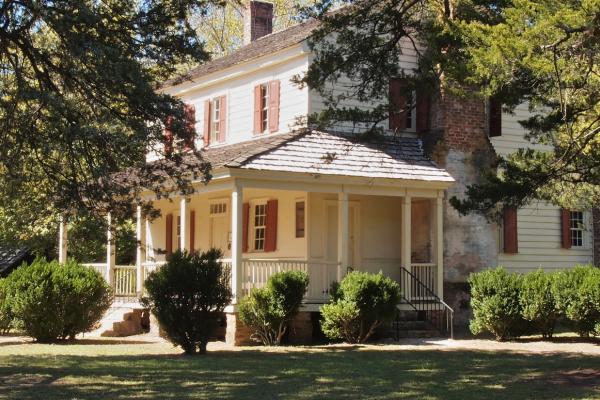
Roebuck, SC 29376
